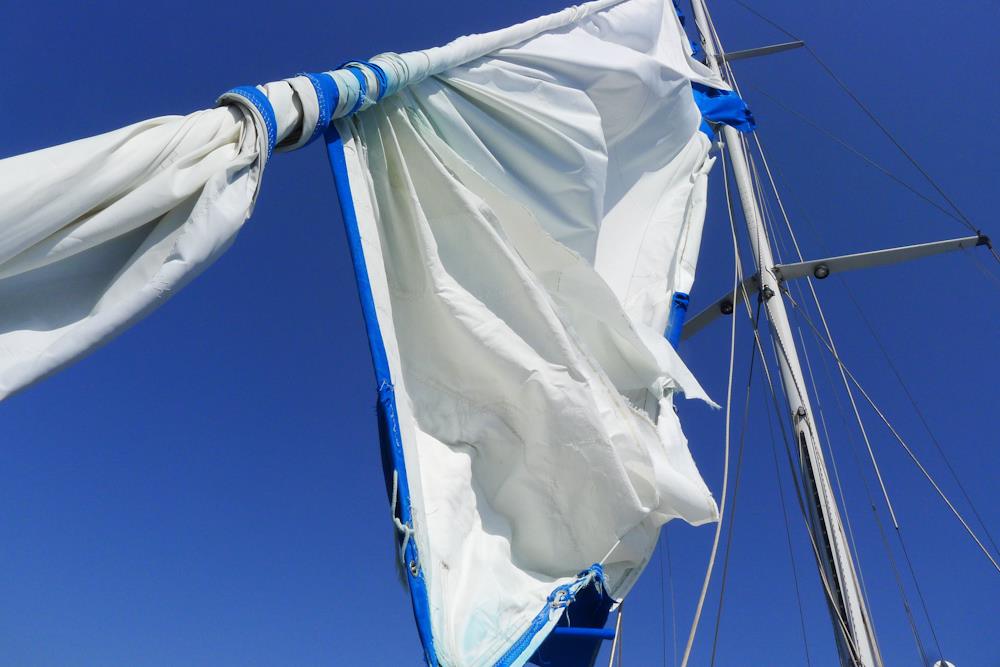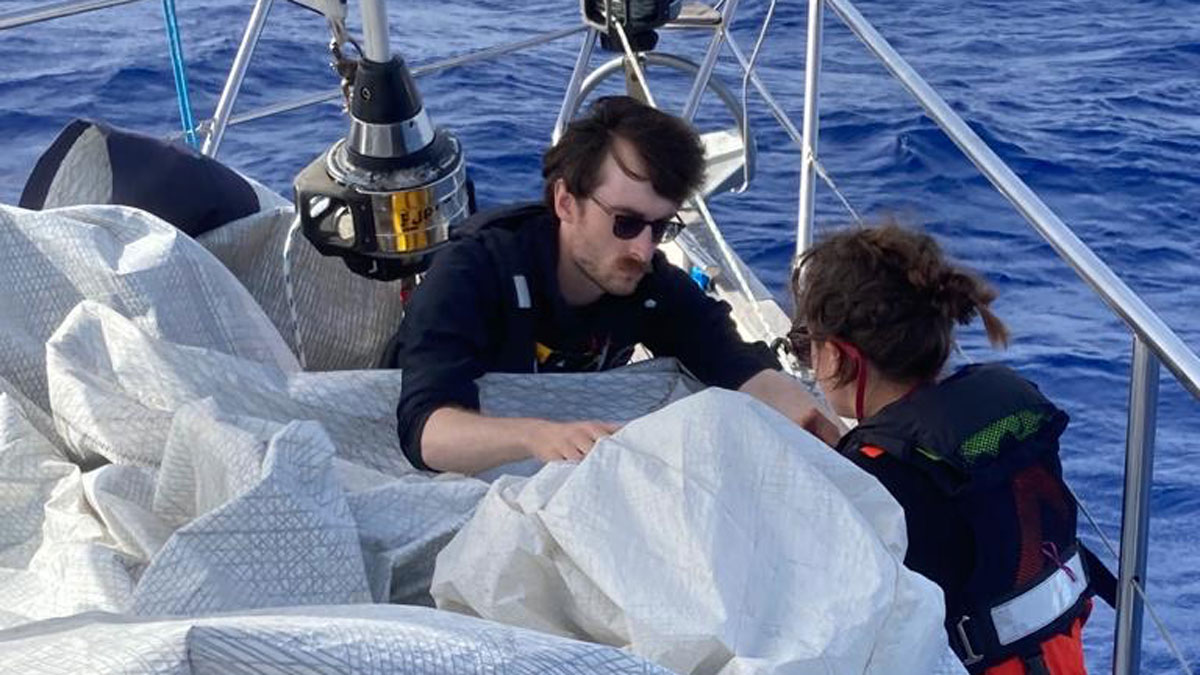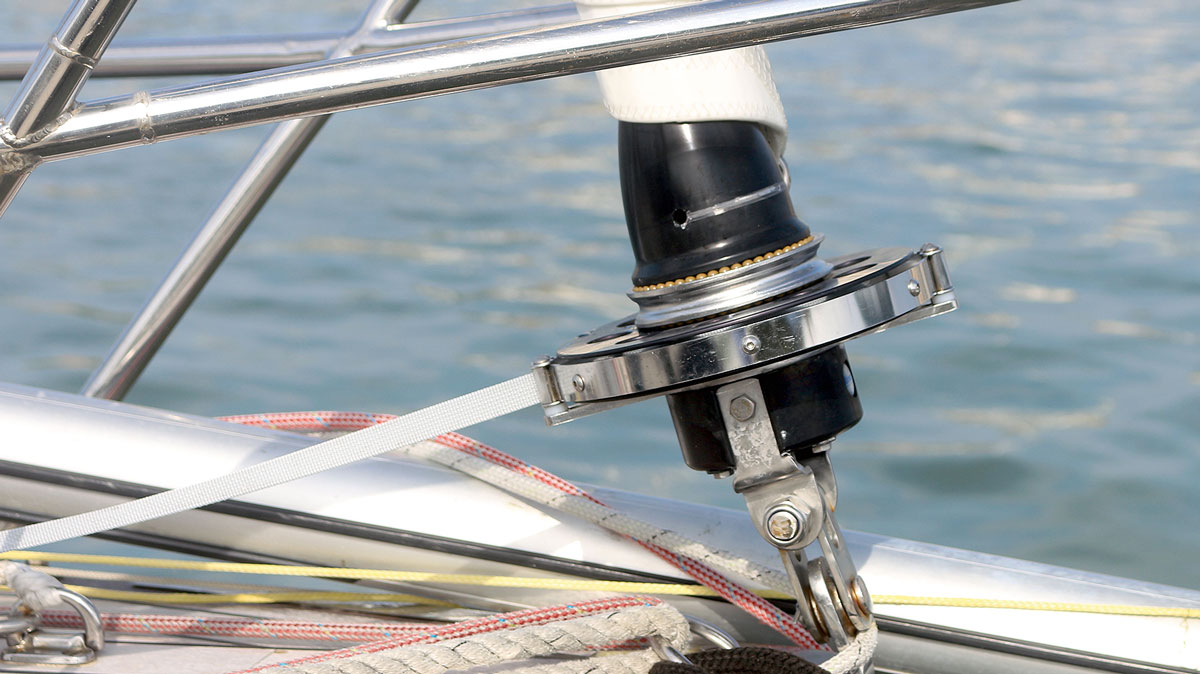
How to avoid damage, tears, and other breakages to the genoa sail
Strong winds and sudden gusts put the genoa sails of our sailboats to the test. Here are some precautions to take while sailing to preserve your headsails.
Images of sailboats with jibs torn by the wind are quite common on social media. They are a clear reminder of how brutal wind force can be, even tearing genoas, jibs, and other sails, potentially making the boat unmanageable and causing irreparable damage.
However, it is also true that some skippers, during cruises in squalls, storms, or gusty winds, fail to take simple precautions to prevent this type of damage. All too often, the genoa is furled hastily or carelessly, out of hurry or laziness. Instead, this operation should always be done carefully and at the right pace. Here are some tips to prevent genoa damage and protect your sailboat.

Properly tensioning the sheets and the genoa luff line
Although it may seem obvious, correctly securing the lines of the roller-furling jib is essential to prevent accidental unrolling. The sheets should be adequately tensioned—without overdoing it—and secured around the winch or the designated cleat. Special attention should be paid to the jib luff line, which prevents the genoa from opening. It is advisable to use a dedicated stopper if available, or a free cleat for added security. Avoid tying the line to the shrouds to prevent potential damage.

Attaching a sling to the cringles
The cringle is one of the corners of the sail, located between the leech and the base. If possible, pass a sling through the sail’s cringles when it is furled and secure it with a reef knot. This additional support helps keep the genoa closed. Use a brightly colored sling, such as red, to easily remember to remove it before unfurling the sail.

Tying the roller-furling drum
Although rarely practiced, tying the drum is the safest way to secure the roller-furling jib. Use a sling to make a loop around the shackle that attaches the genoa tack, and tie the other end to the bow pulpit with a bowline, keeping it well-tensioned. Here too, a piece of brightly colored line helps to remember to remove it before sailing.

Furling the genoa correctly
In addition to the three precautions mentioned earlier, it is essential to furl the genoa properly. During this operation, maintain slight tension on one sheet to ensure the sail wraps evenly around the forestay groove. Insufficient tension leaves gaps for the wind, while excessive tension wears out the fabric. If it is not possible to do this at sea, refurl the genoa correctly once back in port or at anchor.
These good habits help prevent damage to the headsail and keep your boat in excellent condition, enhancing your sailing experience. With attention and care, your genoa will last longer, ensuring safety and optimal performance on every cruise.
You May Also Like

Here’s why one should organize a sailing cruise in Spain
17/03/2023
Sailing among the marvelous Phlegraean Islands and the Amalfi Coast
28/11/2025





























